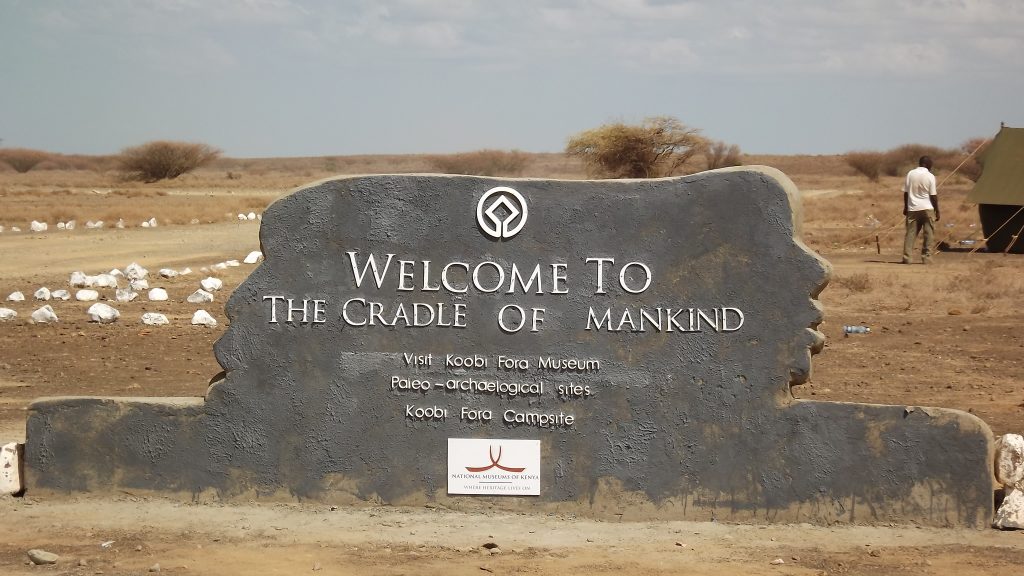 Lying on the Eastern shores of Lake Turkana, Koobi Fora is one of the world’s leading pre-historic sites for study of the evolution of humankind.
Lying on the Eastern shores of Lake Turkana, Koobi Fora is one of the world’s leading pre-historic sites for study of the evolution of humankind.
The term Koobi Fora means a place of the commiphora and the source of myrrh, which is a common plant in this hot and arid area.
Hominid fossils from the Plio/Pleistocene of Eastern Africa have been recovered from seven localities of which the most extensive is that of East of Lake Turkana. This Koobi Fora site comprises approximately 700 square miles of fluvial and lacustrine sediments representing a broadly continuous sequence of deposition from the Pliocene (5.0 million) to the Early Pleistocene (1.0 million) years old.
One hominid model; Australopithecus Sensu Lato, has been documented as a chrono species of over a period of 2 million years old. During this period according to researchers, there was little significant morphological change as evident in the element preserved both at Koobi Fora and elsewhere in East Africa.
Stone artifacts have also been obtained in the site not forgetting that other animal plant fossils have also been discovered. For example several taxa of giraffines have been yielded.
The first Australopithecus skull was found here. The Homo Habilis was also found there. Homo erectus, a 1.6 million years old fossil skull was also discovered.
Upto 1994, about 200 separate hominid and numerous animal skulls had been found, more than anywhere else in the world.
Sibiloi National Park under which Koobi For a falls was gazetted on 24/07/1981, gazette notice number 2213. It was later confirmed on 04/06/1982, gazette notice 1517. Koobi Fora is part of the Lake Turkana National Parks which are a UNESCO World Heritage Site.
